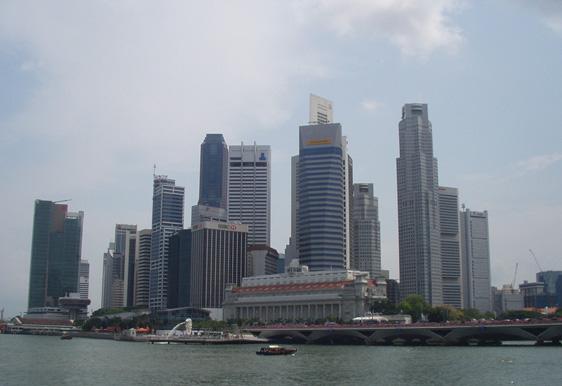
1 minute read
Figure 3.25 Singapore Cityscape
CASE 3
Singapore
Advertisement
The One-System Approach: Integrated Urban Planning and Effi cient Resource Use
Singapore is an island city-state at the southern tip of the Malay Peninsula (fi gure 3.25). With a limited land area of 700 square kilometers and a population of 4.8 million, Singapore has become developed because of innovative urban planning integrated with the effi cient use of land and natural resources (CLAIR 2005; Statistics Singapore 2009).
Singapore’s small size poses challenges related to the availability of land and natural resources. To optimize land use, Singapore promotes high-density development not only for businesses and commercial entities, but also for residential structures. High density lends itself to higher economic productivity per unit of land and facilitates the identifi cation of green spaces and natural areas for preservation. Indeed, Singapore is known as the garden city. Furthermore, high-density development has translated into greater use of public transportation as major business, commercial, and residential areas are well connected to an integrated public transportation network. In 2004, public transportation as a share of all transportation modes during morning peak hours reached 63 percent. The signifi cant use of public transportation helps reduce greenhouse gas emissions. High public transporta-
Figure 3.25 Singapore Cityscape
Source: Photo by Hinako Maruyama.
tion ridership also means Singapore has been able to recover all public transportation operating costs from fares, a feat achieved only by Hong Kong, China, and by Singapore among modern, highly developed cities (LTA 2008).
Singapore imports most of its natural resources, including food, water, and industrial materials. Careful resource planning is thus critical. For example, Singapore has adopted the comprehensive management of water resources by looping and cascading water, which represents a closed water cycle integrated into one system, rather than a water supply system based on once-through fl ows. Water effi ciency is integrated into the activities in other sectors as a result of cross-sector coordination among





